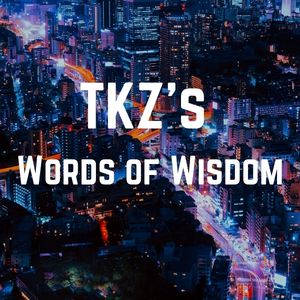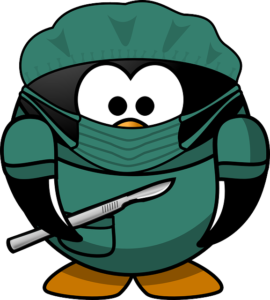When I search the archives for Words of Wisdom posts, I look for themes to unite our selections. Today the theme is First – First the Foundation, First Discovery, and First Meeting. Each selection has a link to the entire article. After reading, please tell us about your “firsts.” And please feel free to comment on other reader’s comments. Let’s have a lively discussion.

First Things First
Most writers know this business can be soul-crushing at times, even if we don’t like to talk about it. As can life. This past week, my husband and I secured a mortgage and were over-the-moon excited to close on Friday. The house we’ve been living in for almost 7 years would finally be ours. On Wednesday, we received a call that told us the house had been deemed unsellable. Briefly, 30 years ago a mobile home stood on the land. Rather than remove the old mobile in its entirety, the then-owner stripped it down to the steel beam and built a beautiful 1 ¾ story country contemporary on top of it, rendering the property unsound. Unpredictable. Unsellable, except to a cash buyer who doesn’t glance at the deed.
Because the previous owner cut corners with the foundation, it throws off the entire house. Same holds true for our stories. Without a solid foundation — key milestones, properly placed — the story won’t work, no matter how well-written. The pacing will drag. The story may sag in the middle. The ending might not even be satisfying. It all comes down to the foundation on which the story stands.
….Had we never moved into this house and stayed as long as we did, we wouldn’t have the opportunity to build our dream home now … a few house lots over on land we already love. We envision relaxing on the back deck, watching black bear, moose, and deer stroll through the yard. That’s the plan, anyway. If for some reason it doesn’t pan out, we’ll readjust again.
Give yourself permission to fail, in your writing as well as IRL. Then get back to the keyboard and move forward. Only you can make your dreams come true. Sue Coletta – 8/27/18
First discovery
Here’s the epiphany:
In crime fiction, the antagonist drives the plot. Unless a crime has been committed, or is about to be committed, there’s nothing for the protagonist to do. The antagonist acts, the protagonist re-acts.
I’d been following the wrong character around all these years!
My realization probably seems like a big DUH to many crime authors. But I’m sharing it in hopes of helping others like myself who overlooked the obvious.
It’s fun to think like a villain! When I started writing from the bad guy’s POV, a whole new world opened up—a world without conscience, constraints, or inhibitions. Debbie Burke – 9/28/17
First Meeting
All of this got me to wondering about all of you. I remember where and how I met Don, and most of my other friends, and my wife, business associates, etc. But those of us who contribute blog posts to The Kill Zone don’t know how you, our wonderful readers and commenters, got here. What brought you to The Kill Zone originally? How did you get here? Twitter? Facebook? Writer’s Digest? An author’s link? I’d love to know. And if you have any stories about reuniting with old friends and acquaintances that are unique and/or unusual, please share if you’re so inclined. Joe Hartlaub – 3/12/16
So, what thoughts do you have about the selections?
What comments do you have on the comments?
And what “firsts” would you like to share with us?
Also, please tell us how you first learned about The Kill Zone blog.


